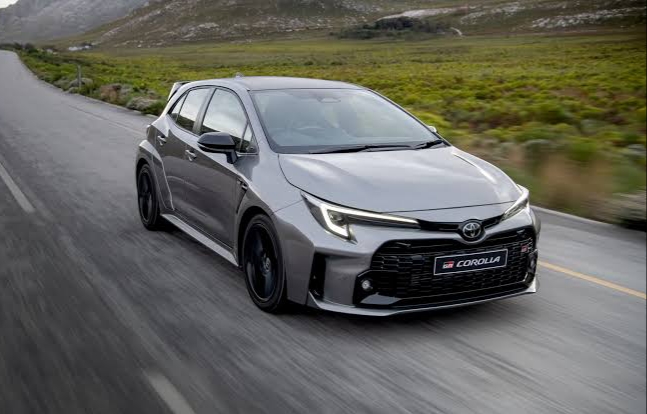Coastal drives offer stunning views and a refreshing breeze, but not every car is suited for the unique challenges these journeys can present. From sandy roads to saltwater exposure and variable weather conditions, certain vehicles may struggle in these environments. Here’s a look at 10 cars you might want to avoid when planning a coastal adventure.
1. Low-Riding Sports Cars
Low-riding sports cars, such as the Mazda MX-5 Miata, are designed for speed and agility on smooth roads. However, their low ground clearance makes them unsuitable for sandy or uneven coastal paths, where you might encounter obstacles like rocks or dunes.
2. Luxury Sedans
Luxury sedans like the BMW 7 Series prioritize comfort and style but can be challenging to handle on coastal drives. Their low clearance and soft suspension make them vulnerable to damage from rough roads or unexpected potholes often found in coastal areas.
3. Compact Hatchbacks
While compact hatchbacks such as the Honda Fit are great for city driving, they typically lack the power and ground clearance needed for coastal terrain. Their smaller size and limited cargo space can also be impractical for carrying beach gear or luggage.
4. Electric Vehicles (EVs) with Limited Range
Electric vehicles like the BMW i3 can be great for city driving but may not have the range or charging infrastructure needed for longer coastal trips. Additionally, they may struggle in harsher weather conditions that can occur along the coast.
5. Subcompact SUVs
Subcompact SUVs like the Nissan Juke may seem versatile, but they often lack the power and off-road capabilities needed for coastal driving. Their limited cargo space can also hinder your ability to carry beach essentials or outdoor equipment.
6. Classic Cars
Classic cars, such as the Ford Mustang (1960s model), may be iconic but often lack the reliability and features needed for modern coastal drives. Their older technology and potential for rust make them less than ideal for saltwater exposure and varying road conditions.
7. Front-Wheel Drive Vehicles
Vehicles with front-wheel drive, like the Toyota Corolla, can struggle on sandy or slippery surfaces commonly found on coastal drives. They may have difficulty gaining traction, leading to potential stuck situations in loose sand or mud.
8. Microcars
Microcars, such as the Smart Fortwo, are designed for urban environments and can struggle on highways or coastal routes. Their small size and limited power make them unsuitable for handling varied terrains or strong winds often found near the coast.
9. High-Performance Coupes
High-performance coupes like the Chevrolet Camaro may be thrilling to drive, but they often lack the practicality needed for coastal trips. Their low profile and stiff suspension can make for an uncomfortable ride on uneven surfaces and coastal roads.
10. Vehicles Without Proper Sealing
Cars that are not well-sealed, such as older models or certain budget-friendly options, may be vulnerable to saltwater damage and corrosion. Vehicles like the Chevrolet Aveo can suffer from exposure to sea spray, which can lead to long-term damage.
When planning a coastal drive, it’s essential to choose a vehicle that can handle the unique challenges of sandy roads, saltwater exposure, and unpredictable weather. By avoiding the cars listed above, you can ensure a smoother, safer, and more enjoyable journey along the coast. Opt for vehicles designed for adventure, with higher ground clearance and robust features, to fully embrace the beauty of coastal driving.











